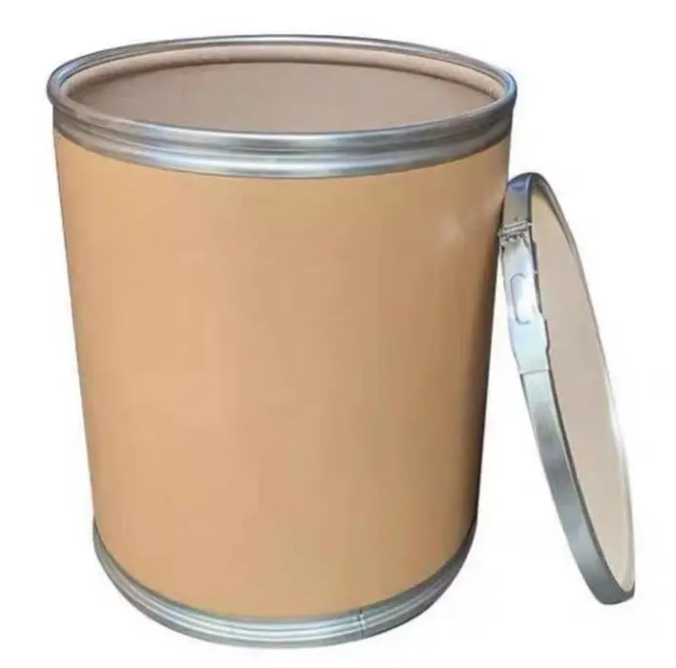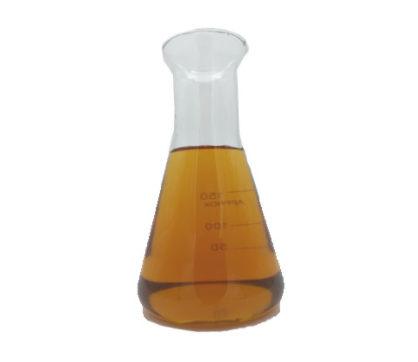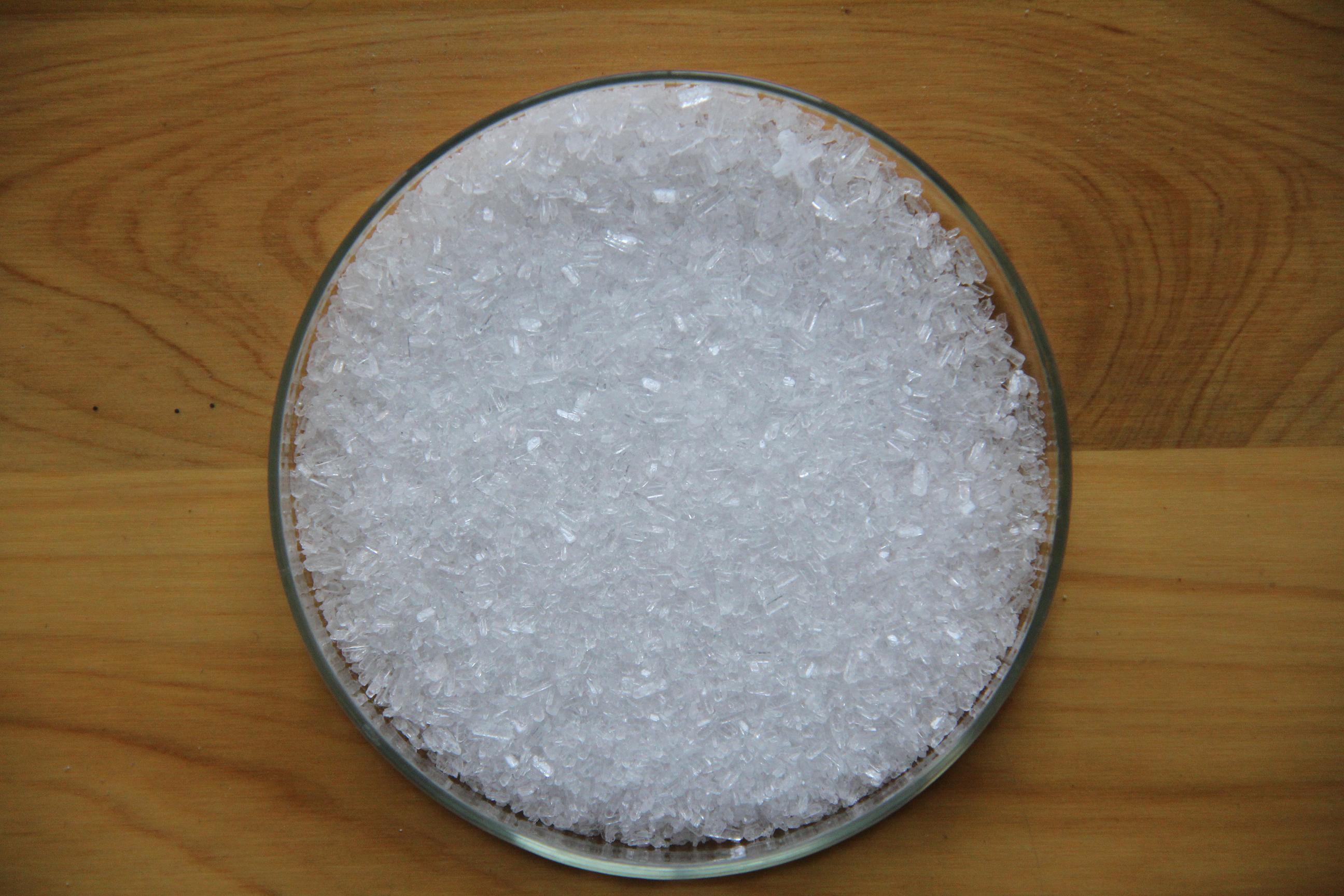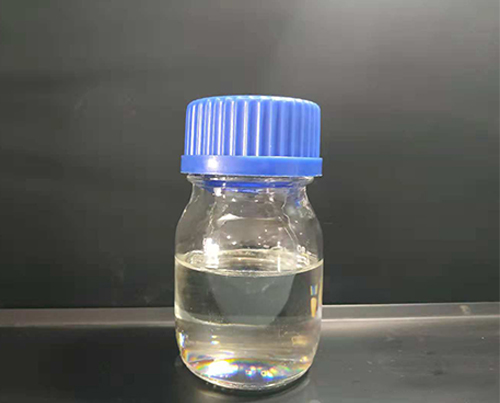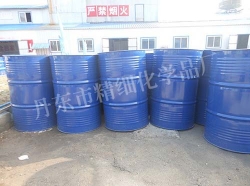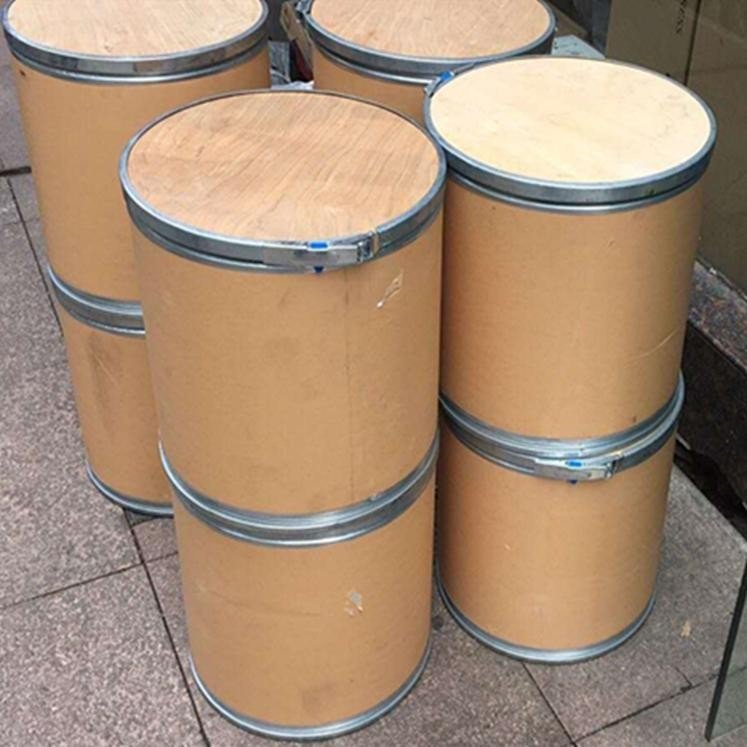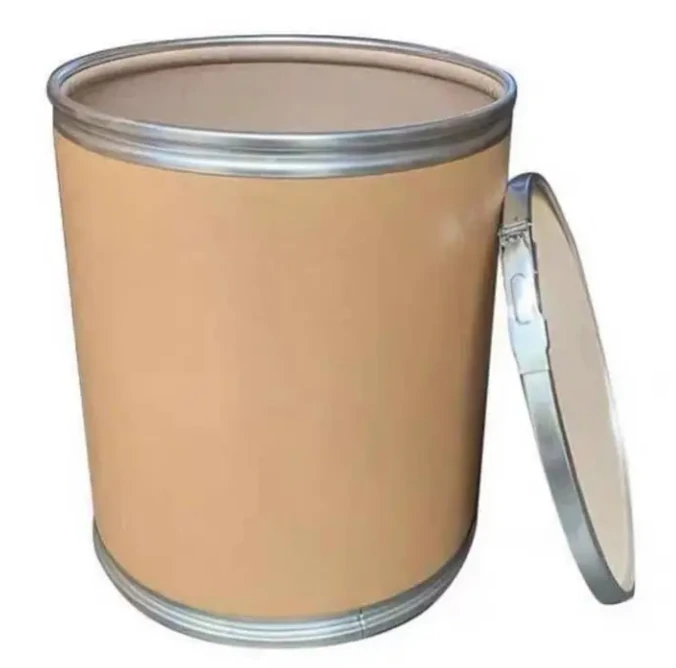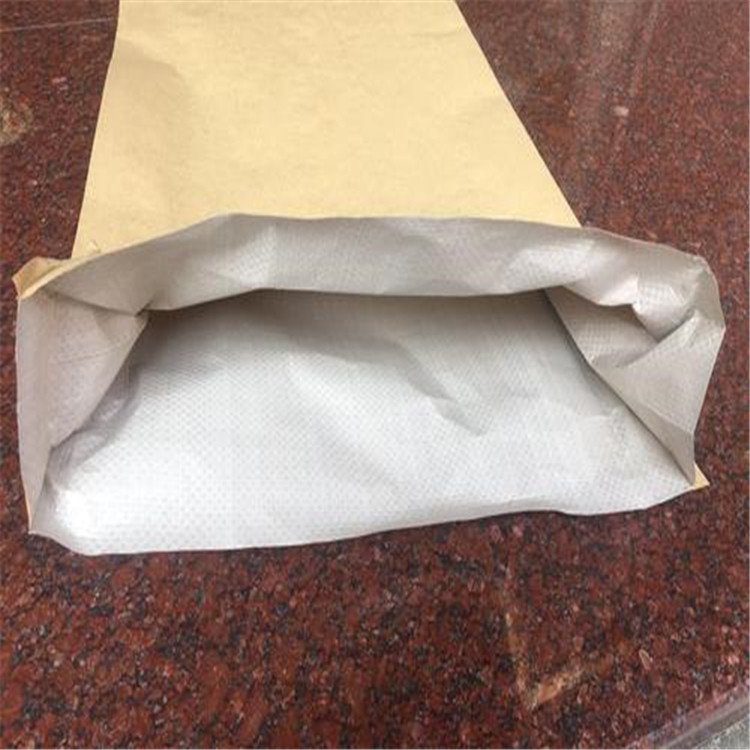Feed Additive
Additives For Food Packaging
Colorant
Stabilizer and Coagulator
Water Retention Agent
Feed Deworming Health Agents
Anti Corrosion and Preservation
Color Fixative
Flour Treatment Agent
Defoamer
Coating Agent
Feed Vitamins
Emulsifier
Other Food Additives
Nutritional Fortifier
Thickening Agent
Feed Quality Enhancer
Antioxidants
Chewing Gum Bases
Bulking Agent
Feed Amino Acids and Small Peptides
Flavor Enhancer
Sweeteners
Additives For Feed Preservation
Other Feed Additives
Food Additive
Bleaching Agents
Anticaking Agent
Food Flavors and Fragrances
Enzyme Preparation
Feed Trace Elements
Acidity Regulators
Feed Growth Promoters
Feed Conditioner
CAS:95-16-9
Molecular Formula:C7H5NS
Alias
More Information
BT; 1,3-Benzothiazole; Benzothiazol; (Methylthio)Benzothiazole; Benzo[D]Thiazole; Benzo[d][1,3]Thiazole; Benzosulfonazole; Benzthiazole; Vangard BT; 1-Thia-3-Azaindene; Benzo Thiozole
Brief Introduction
This product can be used as photographic material, organic synthesis and agricultural plant resources research, photographic materials.
Suppliers
View More Vendors (2) >
CAS:98-79-3
Molecular Formula:C5H7NO3
Alias
More Information
Hydroxy-Pyridin-3-Yl-Acetic Acid; L-Pyroglutamicacid; 5 Oxoproline; L-Proline, 5-Oxo-; (5s)-2-Oxopyrrolidine-5-Carboxylicacid; (s)-5-oxo-2-Pyrrolidinecarboxylicacid
Brief Introduction
In human skin, there is a kind of water-soluble substance with moisturizing function natural moisturizing factor, which is composed of amino acids (40%), pyroglutamic acid (12%), inorganic salts (18.5% of Na, K, CA, Mg, etc.) and other organic substances (29.5%). Therefore, pyroglutamic acid is one of the main components of skin natural moisturizing factor, and its moisturizing ability is far more than glycerol and propylene glycol. It is a good raw material for modern skin care and hair care cosmetics. Pyroglutamic acid can also inhibit the activity of tyrosine oxidase, thus preventing the deposition of "melanoid" substances in the skin and whitening the skin. It has softening effect on cutin and can be used in nail cosmetics. In addition to its application in cosmetics, L-pyroglutamic acid can also form derivatives with other organic compounds, which have special effects in surface activity, transparency and brightness. It can also be used as surfactant and detergent; Chemical reagent for resolution of racemic amine; Organic intermediates.
Suppliers
View More Vendors (2) >
CAS:98-86-2
Molecular Formula:C8H8O
Alias
More Information
Ethanone,1-Phenyl; Phenyl Methyl Ketone; Acetophenon; Ethanone, 1-Phenyl-; Acetylbenzene; Methyl Phenyl Ketone; 1-Phenylethanone
Brief Introduction
It is used as solvent and olefin polymerization catalyst, and used for making spices, etc.
Suppliers
View More Vendors (2) >
CAS:989-51-5
Molecular Formula:C22H18O11
Alias
More Information
Tea Catechin; (-)-Epigallocatechin Gallate; E-5187; Egcg; Teavigo; Ecgc; Epigallocatechin 3-Gallate; Teavigo Tg; Egcg-D6; (-)-Epigallocatechin Gallate,Egcg
Brief Introduction
Epigallocatechin gallate (EGCG), also known as epigallocatechin-3-gallate. Gallocatechol is an ester formed by gallocatechol and gallic acid, belonging to catechin. EGCG is the most abundant catechin in most famous teas. It could also be antioxidants, which could treat many diseases, including cancer. EGCG is found in green tea, but not in black tea. Because EGCG in black tea is transformed into thearubigin.
Suppliers
View More Vendors (2) >
CAS:99-20-7
Molecular Formula:C12H22O11
Alias
More Information
D-Trehalose; D-(+)-Trehalose; Ergot Sugar; Alpha-D-Trehalose; Alpha-D-Glucopyranosyl-Alpha-D-Glucopyranoside; Alpha-Trehalose
Brief Introduction
Trehalose has unique biological functions. It can effectively maintain the stability and integrity of intracellular biofilm, protein and active peptide in adversity. It is praised as the sugar of life. It can be widely used in biological agents, medicine, food, health products, fine chemicals, cosmetics, feed, agricultural science and other industries. 1. Application in food industry. a. prevent starch aging .b. prevent protein denaturation. c. taste and odor correction. d. maintain the freshness of food tissue. e. non caries.
Suppliers
View More Vendors (2) >
Inquiry (
10
/ 10
)
Clear All
Sign In
Error!

